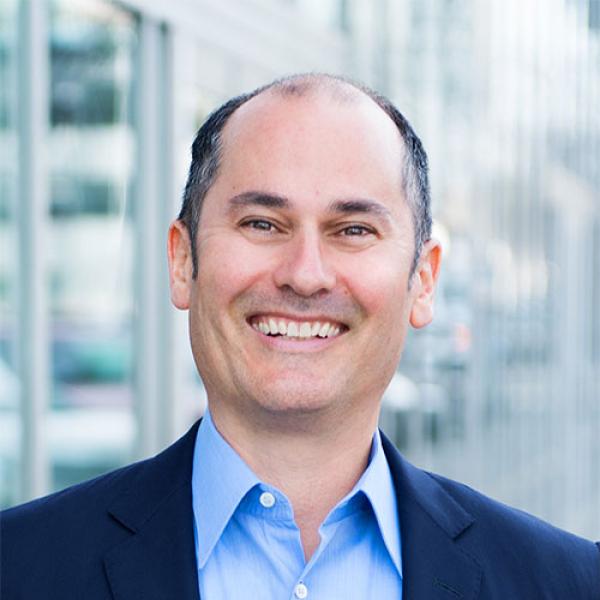Back to Blog
Sarcopenia And Chronic Illness: Improving Outcome Though Optimizing Muscle Mass With Dr. Jeffrey Moss
by Dr. Dan Kalish
Image

Dr. Moss founded Moss Nutrition Products in 1992. If you aren’t familiar with his work, check out Mossnutrition.com. He built Moss Nutrition into one of the country's major distributors of nutritional supplements designed for health care professionals. In 2009, Jeff expanded the repertoire at Moss Nutrition by creating the Moss Nutrition Select professional supplement line, one of the few supplement lines in the country whose sales are strictly limited to health care professionals and their patients of record. Dr. Moss maintains a small clinical practice where he assists chronically ill patients in addressing quality of life issues.
Continue reading or Kalish Community Members can watch the complete interview HERE with Dr. Moss to learn more about the importance behind sarcopenia and the role muscle mass plays in patients.
“One of the areas that I started looking at 20 years ago is stress physiology, currently known as allostatic load. One of the biggest catabolic issues with allostatic stress physiology, basically chronic environmental stress is the loss of muscle mass. The technical term for it is sarcopenia. Many people I find are not aware of this term. It’s typically thought of as what old people get, I typically hear ‘I don’t deal with old people, I just deal with middle aged baby boomers and younger people so why should I care about loss of muscle mass?’
If you’re getting good results and you aren’t looking at muscle mass, I suggest it because you’re going to get even better results, more predictable and cost effective results, more practical results. What is sarcopenia? We tend to think of it as an issue of the elderly, but it’s also an issue of obesity. This is why we don’t really spot it. In the elderly you see it because they’re losing fat, muscle and they’re losing everything. In our patients, as they lose muscle they gain adipose so very often they may be overweight. Many times, they’ll be “optimal weight.” We don’t see it because we don’t take the time. Very often, with the person’s ideal body weight the reality is they have too much adipose and not too much muscle.
How common is it? It develops gradually but most people don’t know that it starts at a very young age. We think of it as an elderly issue, but it starts at a very young age even though it’s imperceptible. Even at this level, it could be an issue for the chronically ill patient and their symptoms. Longitudinal changes in body composition show in men a tendency to gain fat and lean muscle mass in their forties, followed by weight loss resulting in loss of both compartments after age 60. Studies in women show a consistent gain in fat across the age spectrum. Cross-sectional data suggests that whole body protein declines with age, such that there is an accelerated decline after age 65. Some estimate that the presence of sarcopenia at 5-13% in 60-70 year olds and 11-50% in 80 years or older.
Why do people lose muscle mass more frequently as they age, and why are there more symptoms related to loss of muscle mass? It has to do with this issue of responding anabolically. Adequate quality of skeletal muscle mass is vital for overall health and function. Loss of lean muscle mass is a predisposing factor for quality of life, morbidity, rate of length of stay in the hospital and of course how important it is to maintain muscle mass. This is an independent factor related to age. Obviously functional medicine issues, environmental issues, toxicology, worry, lack of exercise, too much exercise, poor diet, too much time on the computer, all these things can exacerbate it.”

